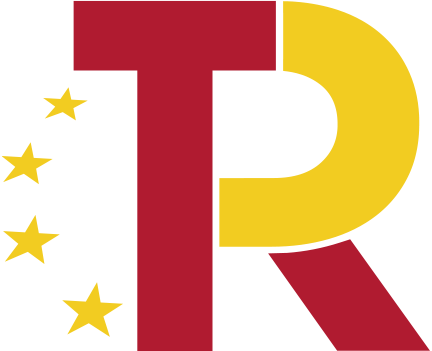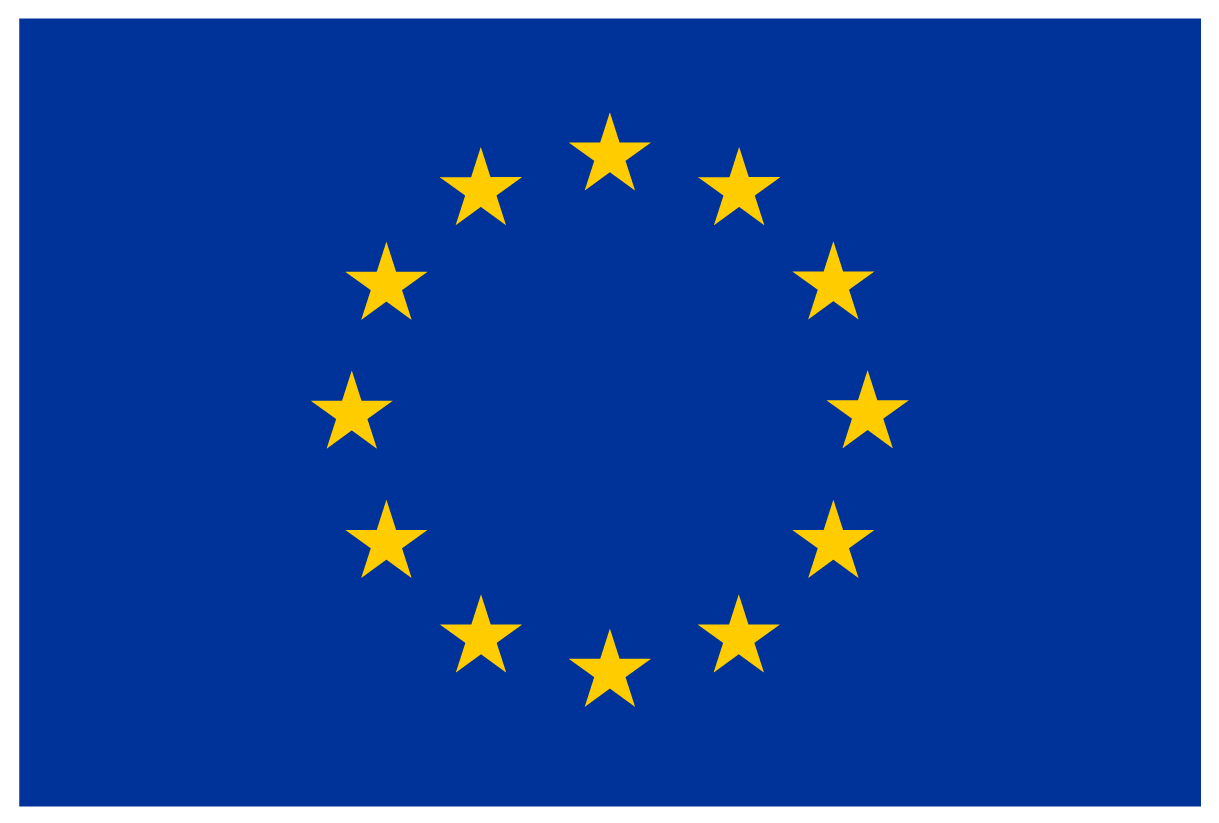Enrollment closed. Check out the microcredential website of University of Málaga to register. You can let us know your preferences by filling in the form below. Download our FAQ to know more about the course inscription.



Active devices for microwave photonics
University microcredential
Language: English
From July 21, 2025 to August 1, 2025
3 ECTS - 30 hours
Mode: Online and hybrid
This course introduces the fundamental active photonic devices in microwave photonics. The course combines theory and physical principles with practical simulations using specialized software. Students will model and analyze the behavior of optical sources, modulators, and detectors in microwave systems, gaining a deep understanding of their interaction with microwave signals and developing skills for applications in telecommunications, radar, and signal processing.
The first topic covers optical sources, focusing on semiconductor lasers, their emission mechanisms, and spectral properties relevant to microwave applications. Coherence, phase noise, and frequency stability will be analyzed, as they are key to generating signals with high spectral purity. The use of optical sources in telecommunications architectures and multiplexing techniques will also be explored.
Next, optical modulators and their role in converting microwave signals will be studied. Different analog modulation formats will be described, such as intensity, phase, and complex modulations like single sideband and suppressed carrier, and their effects on photonic system efficiency and bandwidth. Technologies like Mach-Zehnder and electro-absorption modulators will be examined, noting their application-specific advantages and limitations.
Attention will then be given to optical detectors and their role in converting optical signals to electrical ones. Key parameters like sensitivity, bandwidth, and quantum efficiency will be studied, along with different types of photodetectors such as PIN photodiodes, UTC, and avalanche photodiodes, and their impact on signal fidelity.
Finally, the main applications of microwave photonics will be studied: RF signal distribution in optical communication networks, stable microwave signal generation for radar and sensors, and advanced beamforming systems for satellite communication and 5G. Integration into photonic circuits also opens new opportunities in remote sensing, microwave spectroscopy, and optical computing.
Lecturer
Timeline
The course will start on July 21, 2025 and will end on August 1, 2025. The first week will be online lessons about concept and fundamentals, while the second week will focus mostly on laboratory exercises and simulations that can be made either on-site or online (hybrid mode).

The courses will be funded for up to 10 students who meet the established academic requirements thanks to the Plan de Recuperación, Transformación y Resiliencia  and the NextGeneration EU
and the NextGeneration EU  . Deadlines will be opened to apply for these scholarships. A brief interview or exam may be conducted to gain a better understanding
of the applicant's background and motivations. The registration fee for the rest of the students will be 450 €.
. Deadlines will be opened to apply for these scholarships. A brief interview or exam may be conducted to gain a better understanding
of the applicant's background and motivations. The registration fee for the rest of the students will be 450 €.
Students who enroll in any microcredential must hold a bachelor’s degree in one of the following areas:
- Engineering (in any of its specialties).
- Physics.
- Chemistry.
- Mathematics.
In exceptional cases, students who are currently pursuing a bachelor’s degree in one of the aforementioned fields and still need to complete 30 ECTS (excluding the final degree project and external internships) may be admitted.
For this microcredential it is recommended to have completed or possess the knowledge of the following microcredentials: Optical waveguides and material platforms for photonic integrated circuits and Passive building blocks for photonic integrated photonics.
Students who complete all the microcredentials (not necessarily in the same courses edition) will receive the Specialization Diploma in Integrated Photonics from the University of Málaga.
- Introduction to active devices and microwave photonics .
- Optical sources.
- Optical modulators.
- Detectors.
- Applications of microwave photonics.
The professional software ANSYS ACADEMIC LUMERICAL MULTIPHYSICS will be available for students to perform the laboratory exercises proposed in the different microcredentials from their own computers. This software is widely used by companies in the sector and research centers for modeling, simulation, and design of integrated optical devices.